East Java is home to several historical mosques (Masjid), that reflect the deep rooted Islamic heritage of the region. These mosques are not only places of worship but also symbols of cultural and architectural brilliance. From centuries-old structures to unique designs blending Javanese and Islamic influences, each mosque tells a story of faith, resilience, and tradition. Here are some of the most significant historical mosques in East Java.
The Historical Mosques of East Java: Tracing the Legacy of Islamic Heritage
Masjid Agung Sumenep
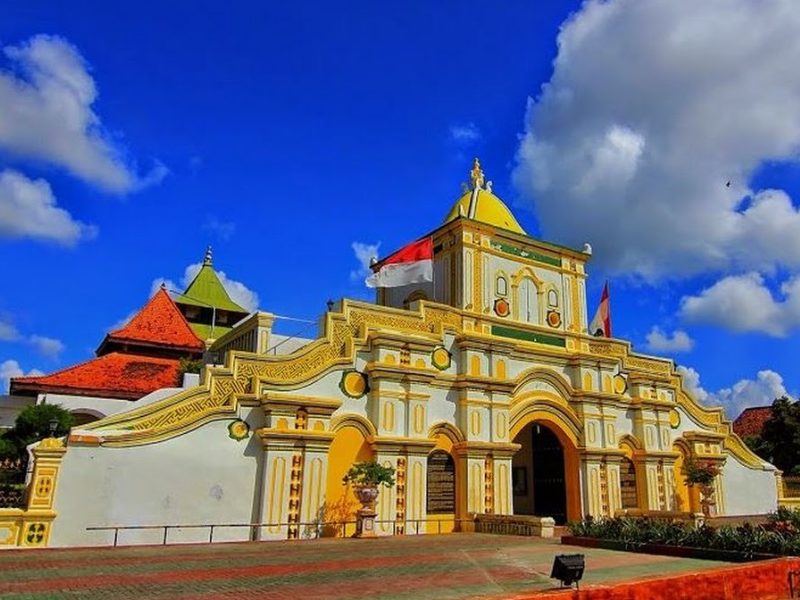
Masjid Agung Keraton Sumenep, also known as Masjid Jamik, is one of the oldest mosques in Indonesia, built during the reign of Panembahan Somala, the 31st ruler of Sumenep. The mosque was designed by Lauw Pia Ngo, a Chinese architect who also built the Sumenep Palace. The mosque’s architecture blends influences from Chinese, Javanese, and European styles. The Chinese influence is evident in its grand entrance gate, which resembles the Great Wall of China, symbolizing strength and grandeur. Inside, the mosque’s mihrab, mimbar, and maksurah are adorned with fine Chinese porcelain tiles. The Javanese influence is seen in its multi-tiered roof, while the vibrant colors of the doors and windows reflect the Madurese cultural identity. The surrounding walls were built to create a serene and focused atmosphere for worshippers. The mosque remains a cherished historical and religious landmark in Sumenep, attracting both local and international visitors.
Jl. Trunojoyo No.184, Dalem Anyar, Bangselok, Kec. Kota Sumenep, Kabupaten Sumenep, East Java 69416
Masjid Agung Tuban
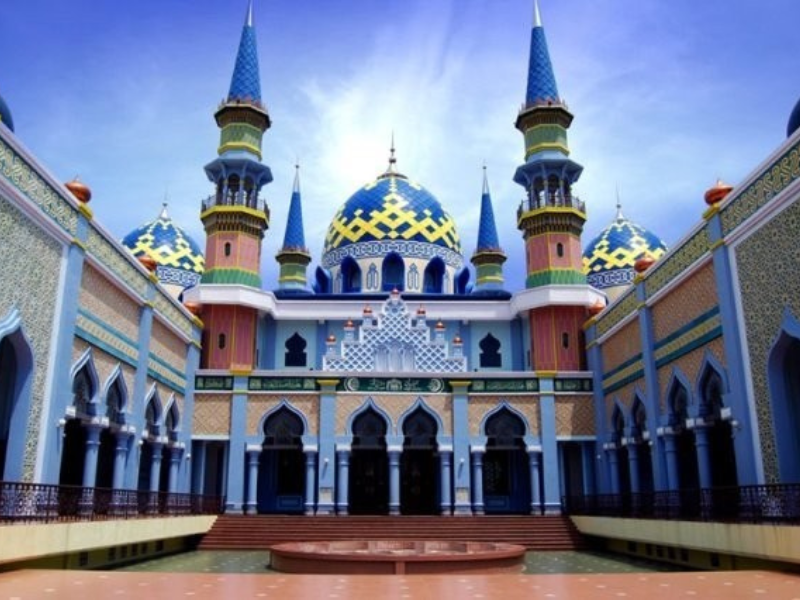
Masjid Agung Tuban, also known as Tuban Grand Mosque, is a landmark of religious and cultural significance. Located near the tomb of Sunan Bonang, one of the Wali Songo, this mosque is an important pilgrimage site for Muslims in Indonesia. The mosque has undergone multiple renovations, with its latest transformation in 2004, resulting in a stunning blend of Javanese architectural styles. Its most striking features include the towering golden domes, intricate Islamic calligraphy, and beautifully crafted stained glass windows. The mosque's strategic location in Tuban, a coastal town, makes it a popular stop for travelers and pilgrims seeking spiritual peace.
Jl. Bonang, Kutorejo, Kec. Tuban, Kabupaten Tuban, East Java 62311
Masjid Al-Akbar Surabaya
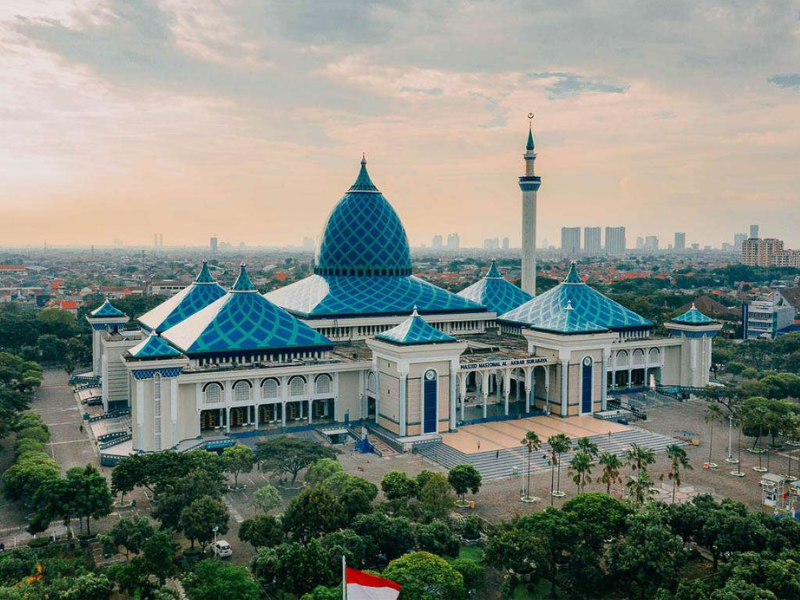
Masjid Al-Akbar Surabaya, also known as the Grand Mosque of Surabaya, is the largest mosque in East Java and the second largest in Indonesia. Built in 2000, this modern masterpiece boasts a magnificent turquoise dome, a towering 99-meter minaret, and can accommodate up to 50,000 pilgrims. What makes this mosque special is its panoramic viewing deck at the top of the minaret, offering a breathtaking view of Surabaya. The mosque also features Islamic calligraphy decorations and stunning stained glass windows.
Jl. Masjid Al-AkbarTimur No.1, Pagesangan, Kec. Jambangan, Surabaya, East Java 60274
Masjid Sunan Ampel
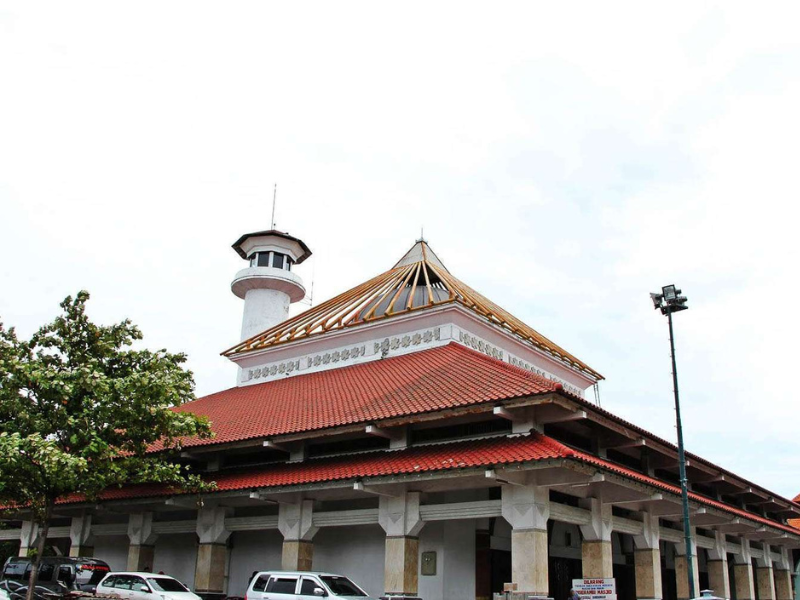
Masjid Sunan Ampel, located in Surabaya, is one of the oldest mosques in Indonesia, built in 1421 by Sunan Ampel, one of the revered Wali Songo (the nine saints of Islam in Java). The mosque serves as a center for Islamic learning and pilgrimage, attracting visitors who come to pay respects at Sunan Ampel’s tomb. The mosque’s architecture is a blend of Javanese, and Arabic, evident in its wooden pillars, large prayer hall, and the three roof structure is supported by four main pillars made of teak wood, each measuring 17x0.4x0.4 meters without joints. The number 17 shows the number of rak'ahs of prayer in a day. The surrounding area, known as Kampung Arab
Jl. Ampel Masjid No.53, Ampel, Kec. Semampir, Surabaya, East Java 60151
Masjid Cheng Hoo
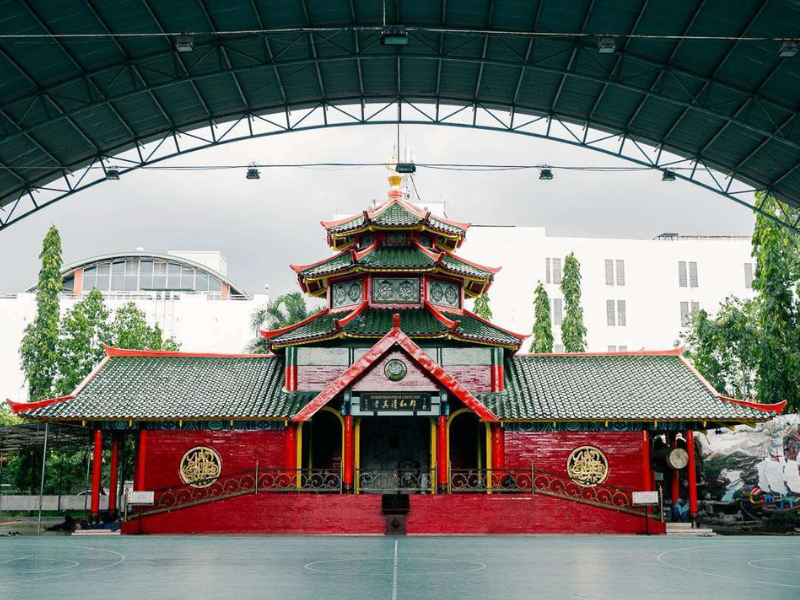
Masjid Cheng Hoo in Surabaya is one of the most unique mosques in Indonesia, reflecting the rich history of Chinese-Muslim interactions in East Java. Built in 2002, the mosque was inspired by Admiral Cheng Ho (Zheng He), a Chinese-Muslim explorer who visited Java in the 15th century and played a role in spreading Islam. The mosque’s striking like pagoda architecture, red and gold color scheme, and dragon carvings set it apart from traditional Indonesian mosques. It serves as a place of worship and a cultural bridge between Chinese and Javanese communities, symbolizing religious harmony.
Jl. Gading No.02, Ketabang, Kec. Genteng, Surabaya, East Java 60272
Masjid Tiban
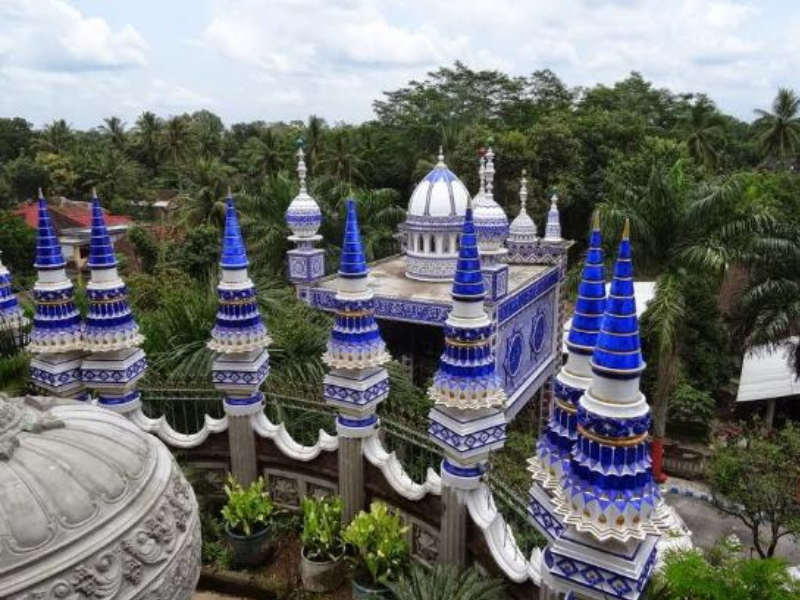
Masjid Tiban in Turen, Malang, is known for its mystical origins. According to local legends, the mosque was built overnight by unseen supernatural forces, although in reality, it was constructed by Islamic boarding school students over many years. The mosque is an architectural wonder, with intricate blue and white tilework, labyrinthine corridors, and towering minarets. Visitors are often mesmerized by its maze-like interior, resembling a palace rather than a traditional mosque.
Jl. KH. Wachid Hasyim Jl. Anggur No.17, Sananrejo, Kec. Turen, Kabupaten Malang, East Java 65175



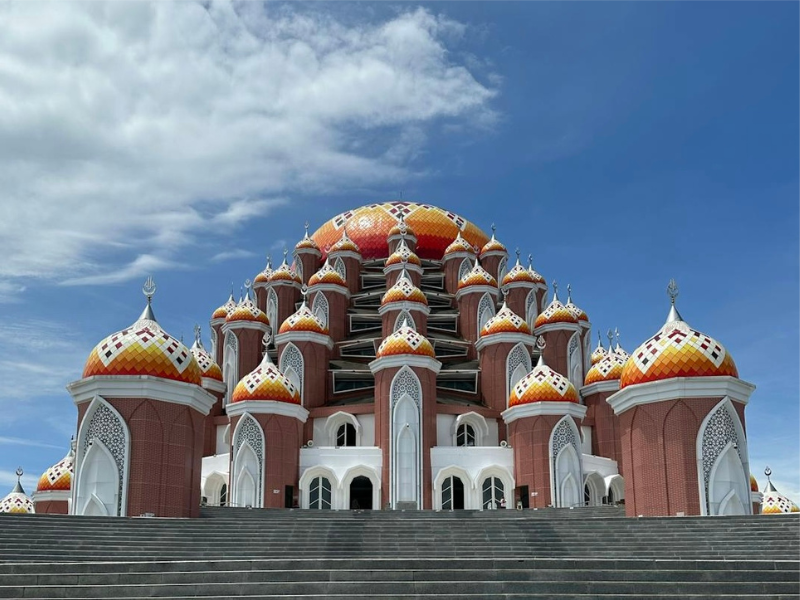
 Alicia Putri
Alicia Putri
 Feb 17, 2025
Feb 17, 2025